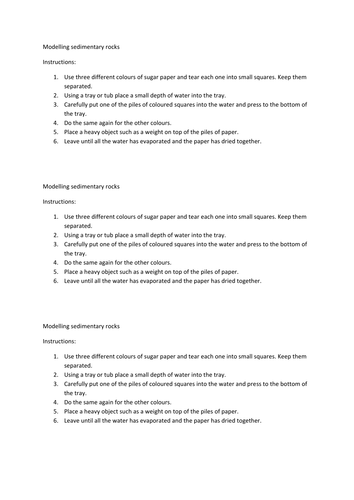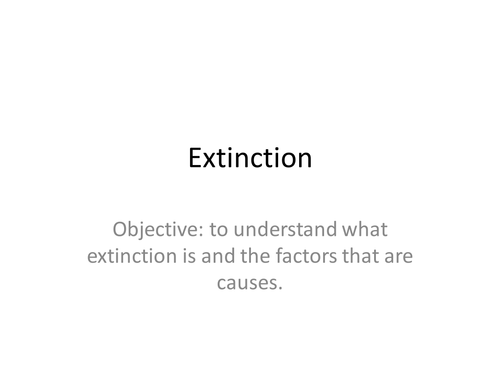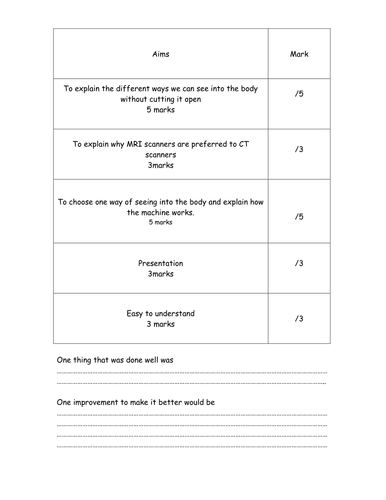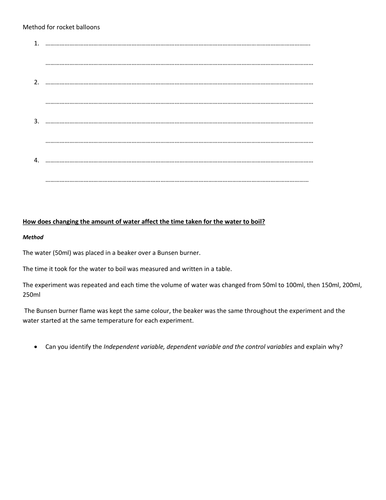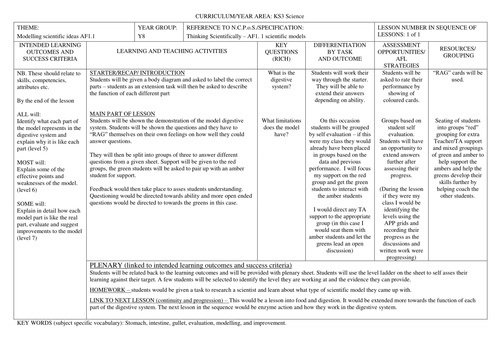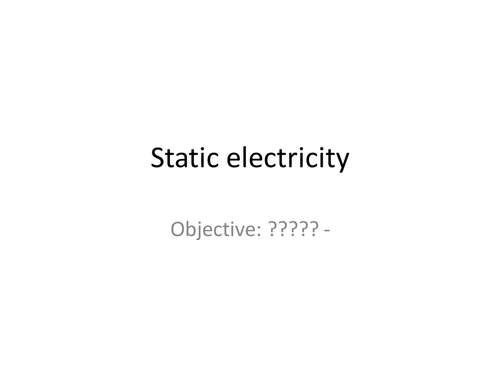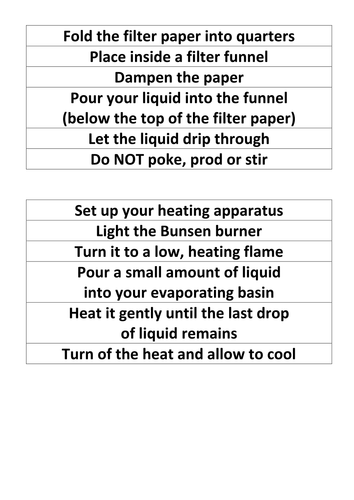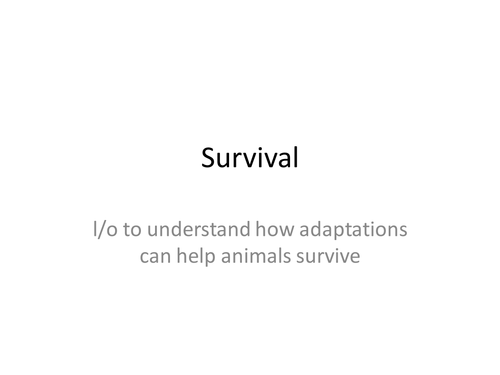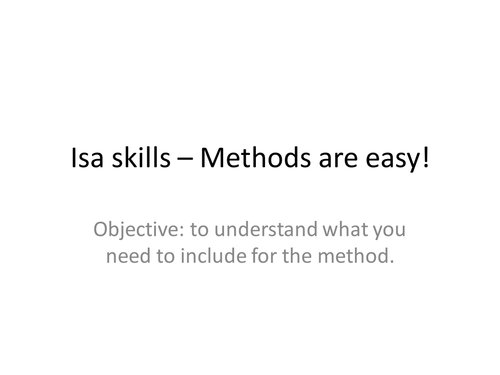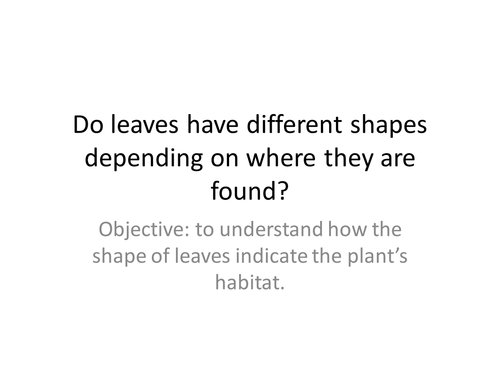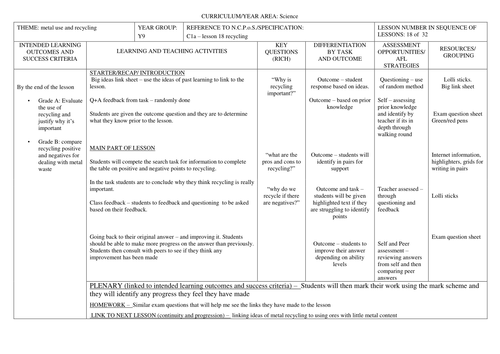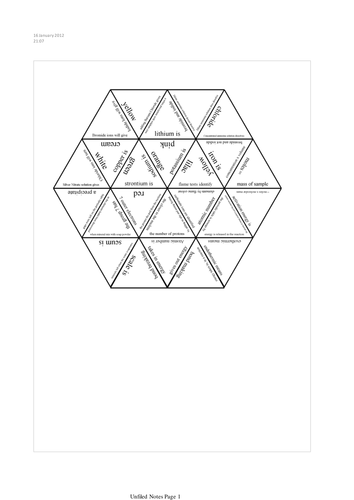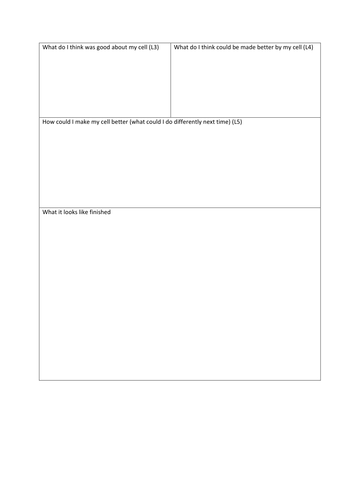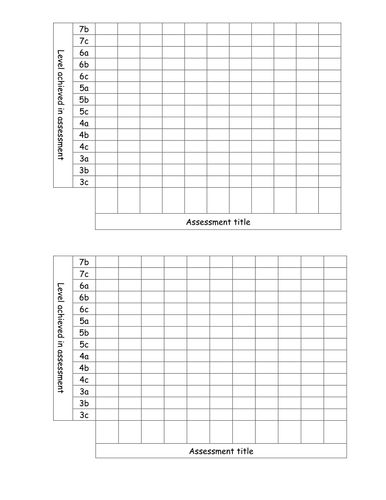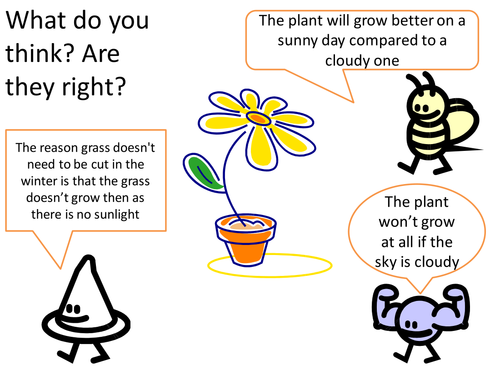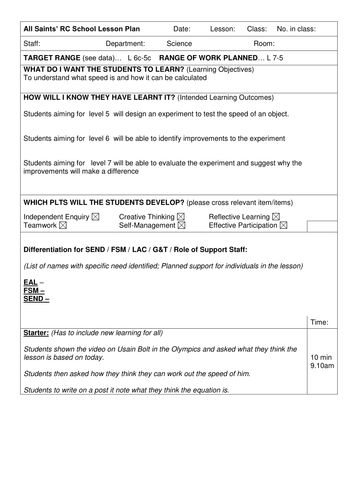
67Uploads
239k+Views
106k+Downloads
All resources

Modelling sedimentry rocks
kinestetic activity to help understand how sedimentry rocks form. Can also be used for app evaluation strand when completing the levelled evaluation sheet.
the making needs to be done before the evaluation can be done.

speed - ideas in the context of a speed camera
a lesson based on using speed with the HSW angle of how speed cameras work.
video clip taken from youtube to add an intresting angle to the lesson.

Environmental change and extinction
a fully contained lesson for higher biology - b1b aqa but could be used for other boards.
set up as a market place around the room with the posters.
students draw a table in the book with the headings: animal, numbers left, reasons for endangered status

Additional Applied science - ways to see into the body
A marking grid for self or peer assesment for students.
It should be used to help them understand what they need to know about ways the medical proffesion can see into the body without invasive surgery. Marks on the grid are guidlines to how many points are needed for each section

Lesson for investigating variables
A song that helps students develop their ideas of three different vairables and the corrisponding lesson plan and worksheet to accompany the song.
Rocket balloons are inflated balloons stuck to straws and the straw is threaded through a long piece of string. The balloon can then be deflated to send it moving on the string. A number of different variables can be investigated with the eaisest being the amount the balloon is inflated.
This is taliored to a low ability set but can easily be adapted by the use of questioning and how much intial support students are given.

Modelling digestion APP task focus
Modeling the digestive system. Students evlauate the model and suggest improvments to the model to meet the app focus. they then asses their evaluation against the app criteria attached.
To model the digestive system you need a: mortar and pestle, tights, blender, food, water and a washing up bowl.
The motar and pestle are the mouth and teeth, the blender the stomach, the tights the intestines and the washing up bowl is the body.

a lesson with differentiation on static electricity
a full lesson with static electricity. you need to have rods and cloths as a class resource and the van der Graff for a class demo.

Sand and salt - active learning lesson
a complete lesson based on seperation.\nall resources included.

Survival and adaptations
a lesson based on adaptations for survival.
Includes lesson plan and all resources

isa session on common mistakes
a 2 part session to go through the common areas that students do badly in.
The equipment is just basic- sponge, scissors, measuring cylinder, washing up bowl, funnel, ruler.
Students cut the sponge to different sizes as the independent variable.

Adaptation concept cartoon
A concept cartoon for animal adaptation. All statments are paritally right but the students can use them to discuss the ideas at the start of the lesson or at the end of the lesson to asses progess.
I have used it at both the start and the end of a lesson so the students can see how much progress they have made.

Adaptations of leaves in different light areas
a lesson to see if shade affects the size and the shape of the leaves. Students collected leaves from three areas and then measured the area on squared paper. they then came up with a conclusion if the amount of light available affects the leaf's size. there are lots of oppertunities to evaluate the practical.

AQA science Recycling evaluation
Full lesson for evlauating and justifying why recycling is important. The starter links to the ideas of mining and extracting metals from ores. It is an A and B lesson but you easily adapt. The ideas were to show lots of progress in the lesson and this is why the exam question is given before the main activity. I printed out a website with possitive points and negative points. This formed the basis of the main task. Im sorry I dont have it electronically so its not been linked. \n\nThis was done for an observation with B/C graded kids and got an outstanding for progress!

AQA Unit 3 key phrases revision
A tarsia puzzle for AQA unit three with the main key points. Useful as a revision tool.

exit ticket
add your objectives/outcomes to the text box or spercific questions for the students and they answer. you can collect it in and use it to inform your planning for next lesson.
great to asses progress in the lesson and students to self asses their progress

making cells evaluation
students made cells (specialised or basic) out of materials such as jelly, plastacene, paint, plastic cups, pain ect..
they then were asked to evaluate them with the help of the levelled scaffold. A photo of their cell was taken and printed to put in their books with the evlauation.
its for a lower level class where literacy and vocabulary is an issue.
it can also be used as an app assesment in a modeling contex

Student graphs for self tracking
a graph that I use to stick in the front of students books and whenever they do a summertive assesment or task that provides them with information on their achievement they fill in a bar on the graph.
In my books I get the students to draw a thick black line on the graph where their target is so they can see quickly if they are on at or above the target.

Some science Tarisa puzzles
Four puzzles I have made for science such as fuels, electromagnetic radiation, metal reactions and photosynthesis.
There is also a link to the software that you need to down load to acess.
It is free!

Photosynthesis concept cartoon for discussion
Picture with 3 statements about plant growth and light. Students are to see what they think about them in groups. the answers are partly right but not completely right.... opens it up to discussion.

Speed - experimental design
a lesson that i recieved excellent feedback on for an observation.
all resources are there but you will need post it notes and practical equipment: different sized marbles/balls, meter rulers, stop watches.
some of the slides need printing too - they are hidden in the document.
hope you find it useful

